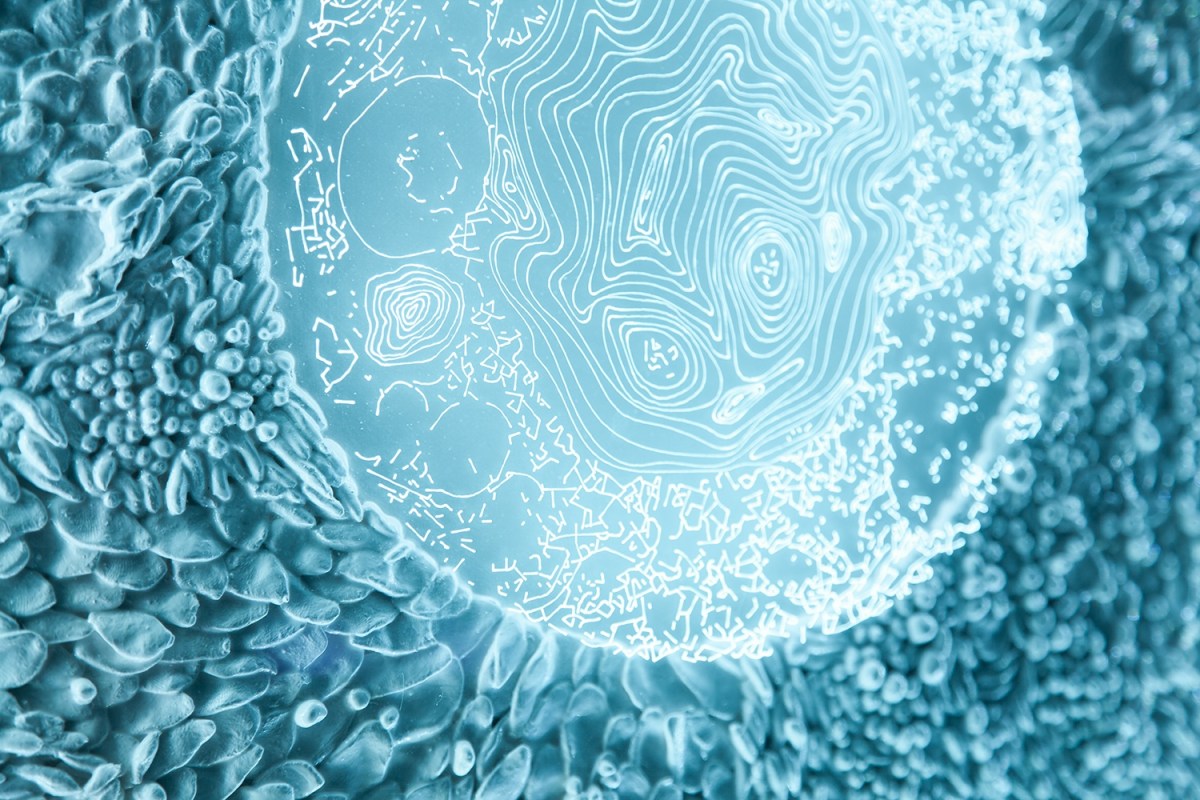Exhibition | Material Transformations
Artists | Emma Bingham, Svenja Kratz and Sarah Stubbs
Dates | 7 August – 20 September 2025
Artist Talks + Exhibition Opening | 5:30pm + 6pm Thursday 7 August 2025| RSVP here
Exhibition Statement
Material Transformations draws together the work of three practitioners: Emma Bingham, Svenja Kratz and Sarah Stubbs. The artists explore through the act of making how the body holds and sheds material memories. They explore in content and approach how physical and material matter can highlight and accumulate physical and emotional residues, traces and deeply personal utterances.
They ask what is transformation and how does it speak to our physical and emotional body. How does it relate to paper, clay, thread, cell and surface? How can the unsaid be captured through the act of transformation?
Acknowledgements
Emma Bingham, Svenja Kratz and Sarah Stubbs would like to acknowledge that Material Transformations was made possible by the Australian Government Regional Arts Fund, which supports the arts in regional and remote Australia.
Artist Statements
Sarah Stubbs
This place
I am not here, but yet I am. Here I reside, here I exist in a place which was never imagined nor longed for, yet here I am and here I stay. How does one arrive and belong, perhaps one never does. I am not of this place, I am no longer of any place, yet it is here that I stay. The works which unfold for this exhibition, the oversized enamel brooches, the vessels cast from found objects and crumpled paper have been imagined and crafted as a means to transform and understand that which is unfamiliar. These objects speak to my transformation, my experiencing of place, this place. You ask what ‘this place’ is, ‘this place’ that I allude to; it is the place where coldness, light, rain, waterfalls, temperate rainforests, sea and mountains converge. A place within my grasp, a place where materials and ideas transfix and transform.
The works developed for this show tell my story of being in Tasmania, of walking though places which catch my breath and make my body shudder. Place has slit a space within my consciousness to rethink my materiality. As the philosopher, Jeff Malpas asserts ‘Place’ needs to be understood as a ‘structure comprising spatiality and temporality, subjectivity and objectivity , self and other.’ (p.124). It is through the loss and rediscovery of space/place that we can rethink the past and the ambitions and dreams it holds.
Malpas, Jeff. In Place and Experience A philosophical Topography, Cambridge University Press, 1999.
Emma Bingham
Gestures of Care
The surface of the body is a threshold between the internal and external that bears the traces and residues of encounter with other. The works for this exhibition seek to evoke a sense of holding, being held and gestures of care.
I have used materials and processes that have literal and metaphorical resonances with body: paper/skin, wax/flesh, gauze/wrap, copper/warmth, pigment/stain. Transforming these materials with and within my hands, the responsive and sensitive care of my touch is evident in the delicate forms and traces of encounter. Some are translucent, membranous and ethereal, others are stained, crumpled, disintegrated and crumbling, like shed skin or a discarded dressing, they are fragile and need to be handled with care.
Watercolour washes overlap and overlay. Wet on wet, there is a seepage and bleeding, as each layer disrupts and shifts what was laid down before. Granular washes like watermarks or shadows: the residues of material encounters, layered over time and transforming the paper’s surface.
The residues and memories of our connections accumulate – from the confinement of the womb to the shroud of death we are transformed by encounter with other.
Svenja Kratz
Accumulations
The series Accumulations continues my ongoing exploration into the mutable boundaries between natural and unnatural, self and other. It draws on Henri Bergson’s notion of creative evolution to consider how bodies and creative practices unfold through lived duration, where transformation is continuous and relational. Using brass, sterling silver, sliced bone fragments, synthetic gemstones, and raw mineral and metal clusters, I’ve created pieces that suggest a resistance to fixity, each functioning as a temporal convergence of materials, affects, and histories.
The inclusion of bone fragments links back to my earlier work with Saos-2 bone cancer and fetal calf cells, where bodily materials pointed to complex histories of use, value, and transformation. This project also draws on my 2021/22 ANAT Synapse residency, where I reprogrammed my blood cells into stem cells. That process opened up questions around alternative genetic lineages and more-than-human entanglements. While no living material is present in this series, some forms visually reference stem cell morphology and differentiation, suggesting an innate capacity for ongoing transformation.
Influenced by Deleuze and Guattari’s concepts of assemblage and becoming, alongside reflections on posthuman entanglements, I’m interested in how identity and meaning emerge through distributed, more-than-human networks. Accumulations proposes time as nonlinear and all bodies as layered, interconnected and contingent, unfolding through the interplay of material, memory and embodied encounter.
Image | Svenja Kratz, Svenja Kratz, Divided (Together) #1, 2017. Clay, resin, laser engraved acrylic, LED lights. Panel detail | Courtesy of the artist
For more information click here




